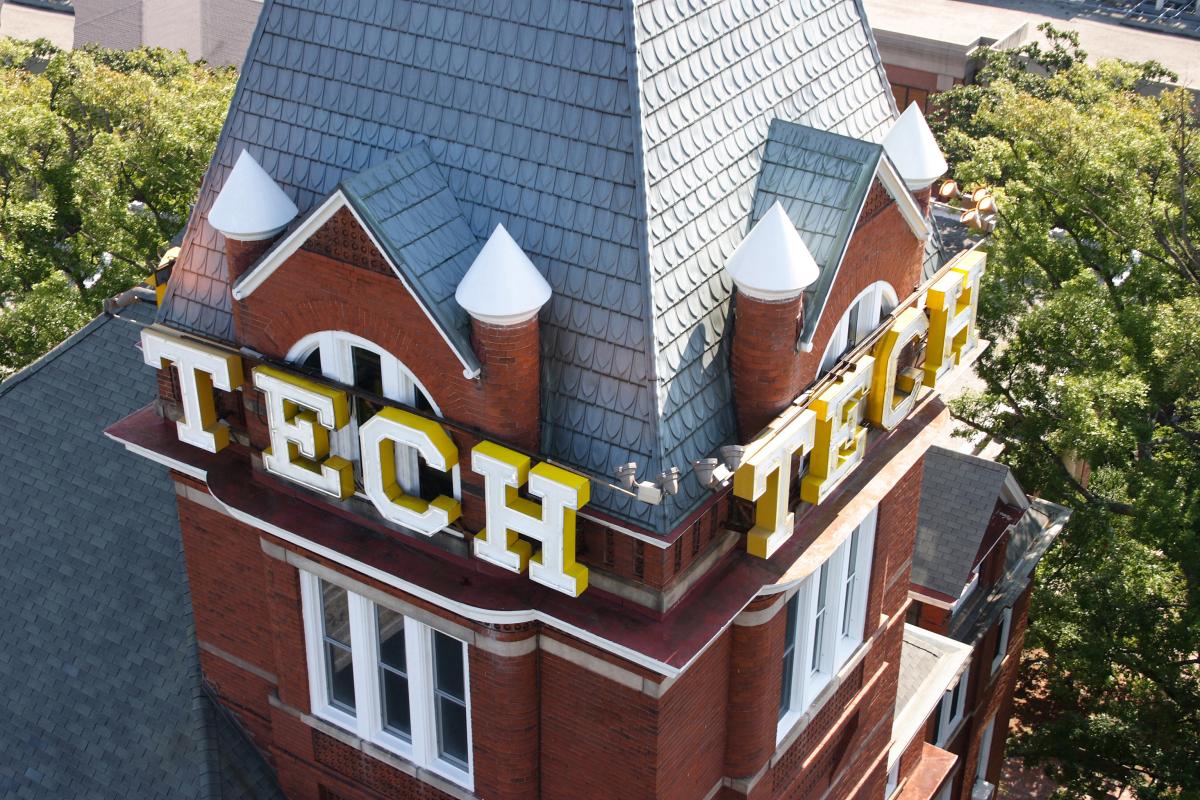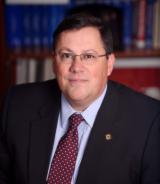
The Tech team, advised by aerospace engineering Professor Dimitri N. Mavris (pictured) and research engineers Dr. Jimmy Tai and Chris Perullo, tied for first place in the Electric/Hybrid-Electric Aircraft Technology category. Their concept, the NXG-50, reaches toward the FAA’s NextGen 2025 vision, a series of goals to boost safety and efficiency in air traffic.
Those goals touch on what the Design Competition is all about. Managed for the FAA by the Virginia Space Grant Consortium, the contest seeks to involve academia in the issues facing modern airports. It’s also meant to expose students to careers in aviation.
The Tech team – tied in its category with the University of Virginia – is based in the Institute’s Aerospace Systems Design Laboratory.
Its project, the NXG-50, is designed to carry up to 50 passengers on short- to medium-range regional routes. Though powered by a hybrid-electric propulsion system, the aircraft still meets cruise speed and balanced field length requirements.
In its summary of the project, the team wrote that “the innovative technology suite implemented on the NXG-50 provides a future regional jet with expected reductions of 15% for life-cycle energy consumption.”
The team that created the concept consisted of seven graduate and four undergraduate students. As a first-place winner, the group was awarded $2,500.
In July, Mavris and two team members will travel to FAA headquarters to present the work, and if the design is deemed promising enough, it may receive more development money.
